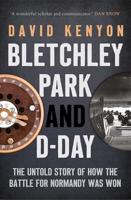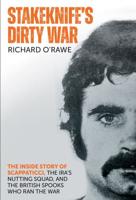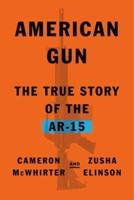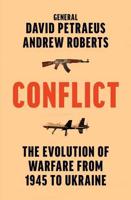Publisher's Synopsis
A revealing yet accessible examination of the Nuremberg trial, and most crucially all 23 men who stood accused, not just the most infamous-Speer, Hess, and Göring. This account sets the scene by explaining the procedures, the legal context, and the moments of hypocrisy in the Allies' prosecution-ignoring the fact that the Katyn massacre was a Soviet crime and overlooking carpet bombing. Author Andrew Sangster discusses how the word "Holocaust" was not used until long after the trial, probably due to Russian objection as they had lost many more people, and because the Allies generally were not innocent of anti-Semitism themselves, especially Russia and Vichy France. However, the defendants to a person immediately recognised that this was the singular issue which placed them on the steps of the gallows, and their various defences on this charge are therefore crucial to understanding the trial. Sangster also explores how the prisoners related to one another in their approach to defending themselves on the charge of genocide and extermination camps, especially in facing the bully-boy Göring. This new study utilises not only the trial manuscripts, but the pre-trial interrogations, the views of the psychiatrists and psychologists, and the often-overheard conversations between prisoners-who did not know their guards spoke German-to give the fullest exploration of the defendants, their state of mind, and their attitudes towards the Third Reich, Hitler and each other as they faced judgement by the victors of the war.










